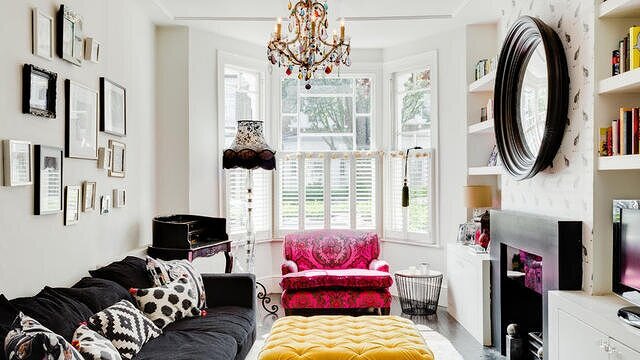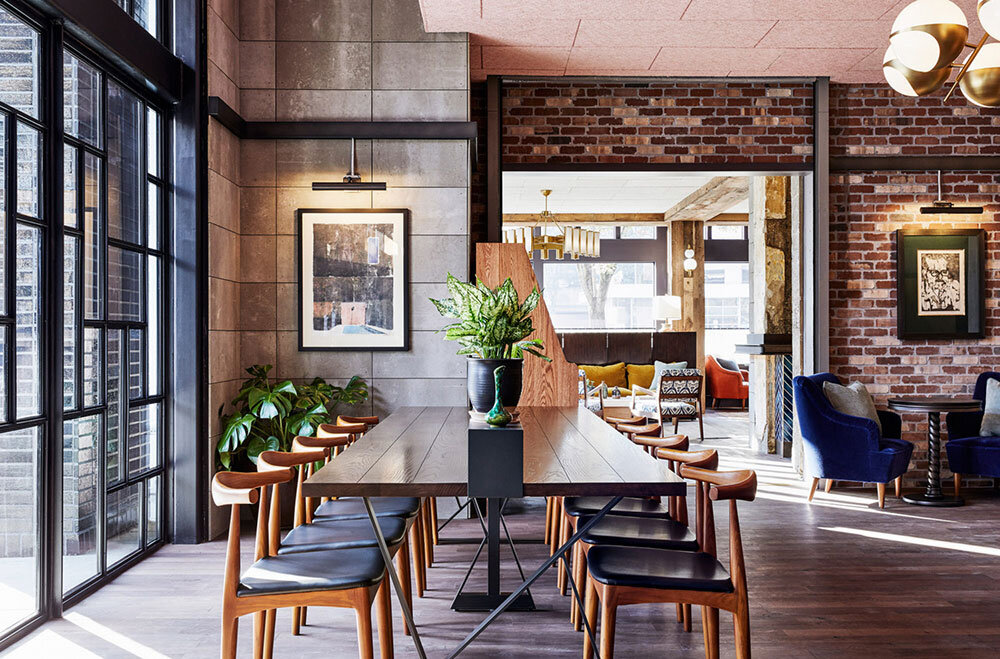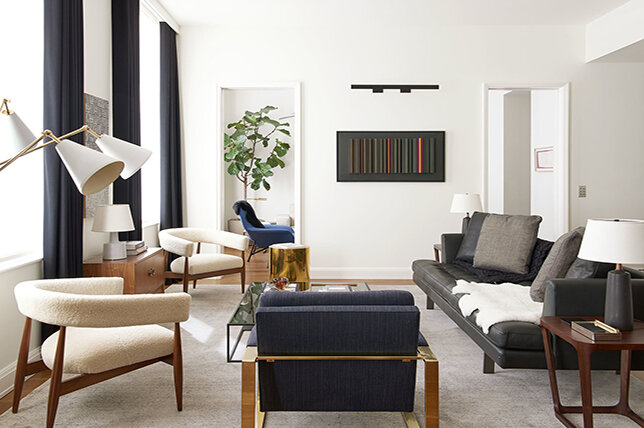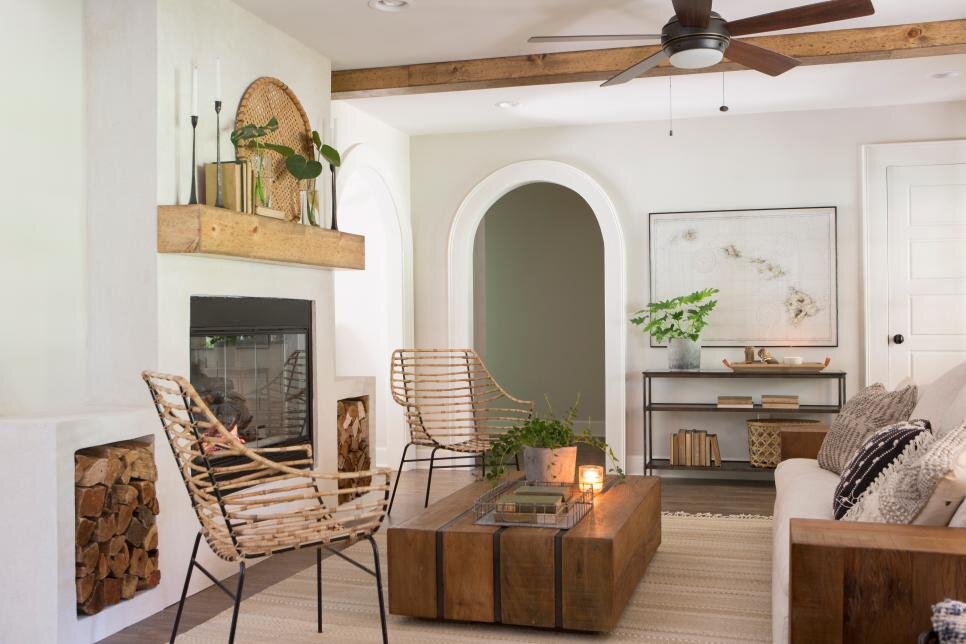How to Blend Different Décor Styles
Nearly all homes — whether intentionally “designed” or created more organically over time — are an eclectic blend of multiple styles of décor. It’s simply the byproduct of living in any one space for more than a few years. Our budgets and our needs change. We collect things (for better or worse).
But what if we’re looking to achieve something a bit more intentionally mixed? Maybe you’re moving in with a partner and hoping to reconcile your different styles? Perhaps you have a few family heirlooms that you’d like to feature, but they don’t quite make sense alongside your more contemporary pieces?
While there is a ton of value in education, experience, and experimentation, so much of the success behind a well-designed space falls on instinct. If you are lucky enough to possess a keen eye for detail, and have what others would describe as “good taste,” then you’re probably already merging different styles of décor without even thinking too much about it!
But for those individuals who feel somewhat aesthetically inept, curating an artfully blended space can be super intimidating. Since the spectrum falls anywhere from incorporating a single outlying piece of furniture to creating a lush Maximalist feast for the eyes, how do you even begin? Don’t get stuck in the trap of thinking everything has to match.
We’ve mentioned before that we don’t really subscribe to hard and fast “rules” when it comes to interior design, but there are a few guidelines you can keep in mind to help you avoid costly mistakes and find visual harmony when mixing different styles of décor. Let’s dive in!
Connect the Dots
One key to achieving success when blending styles of décor is to identify the similar characteristics or elements that you like from seemingly different genres and look for opportunities to connect the dots in ways that bring the styles together.
Here’s a few examples to get the wheels turning!




A safe way to experiment is to stick to following the “60/30/10 Rule” for design. We mentioned this ratio before when we talked about mixing prints and patterns, and the same principles can easily be applied to merging design styles. Limit your space to three styles max, with 60% of the room made up of items from the dominant décor style (think anchor pieces like a sofa and chairs), while 30% is a secondary style (tables, art) and just 10% is reserved for an accent style (lighting, other accessories).
Choose a Focal Point
Set the tone in your space by first placing a large focal point. This typically is a piece of furniture, like a sectional, but can also be something like a statement light fixture, a great piece of art, an oversized exotic plant, or some other unique family heirloom. Leading with this focal point allows you to establish the “60%” dominant style in the space. Once you have that out of the way you can decide what other complimentary pieces and styles to include.
This approach is especially helpful when you’re trying to incorporate something special that otherwise seems like it doesn’t fit in. Instead of trying to hide it, turn it into a conversion piece. By deliberately making the unusual piece the featured element, it eliminates the likelihood of your other pieces feeling at odds.
Look for Unifying Elements
To keep rooms with blended décor styles from feeling too chaotic or unbalanced, make sure that there’s one (or more) unifying element that helps tie everything together, such as:
A unified color palette of just a few complementary hues. This applies to your upholstered pieces, as well as window and wall coverings.
Repetition of noticeable patterns like stripes or plaids throughout the space. This is a great opportunity to have fun incorporating different scales.
Similar profiles and proportions with larger furniture pieces, meaning a sofa and chairs that are roughly the same size and scale, or tables that are similar heights.
Complementary tones in your hard surfaces (woods, stones, metals).
A “buddy” that is a similar color, shape, scale, or texture for smaller furniture, art, and accessories. Don’t worry so much about matching items!
Let Your Layers Breathe
Another common trap people fall into when blending styles of décor is attempting to include too many “character” pieces, or themed items. While you should try to layer in textures, colors, and styles throughout, there needs to be some opportunity for the eye to rest. This can most easily be achieved by using a neutral color as your base on your flooring or wall color. This allows your featured colors or patterns to really shine!
Another way to let your main focal point, and other more interesting pieces take center stage is to incorporate some stock pieces with a little less flair. While it’s a nice thought, don’t feel obligated to make every single piece in the room something unique, vintage, or one-of-a-kind! By adding in a few more simple furnishings from well-known retailers (go for solid colors and plain silhouettes), there’s less competition for the showstoppers.
Think of them the same way as you would the basic staples in your wardrobe. You need these everyday workhorses in the mix to keep your space functioning and liveable!
Interested in blending a few of your favorite interior design styles in your space, but need just a little more guidance to get started?
Custom Interior Design packages from Studio 1049 are perfect for the savvy DIY-er who’s interested in exploring new paint schemes, room configurations, or updating their furnishings and décor!

